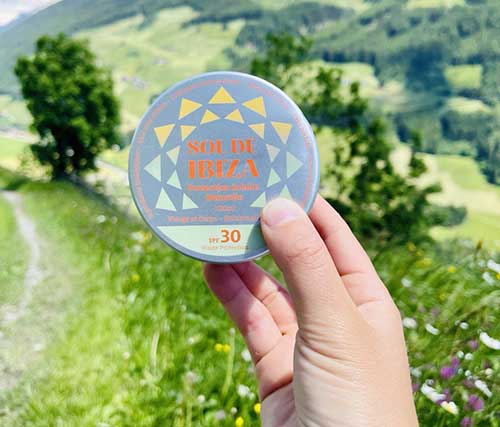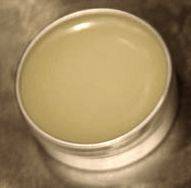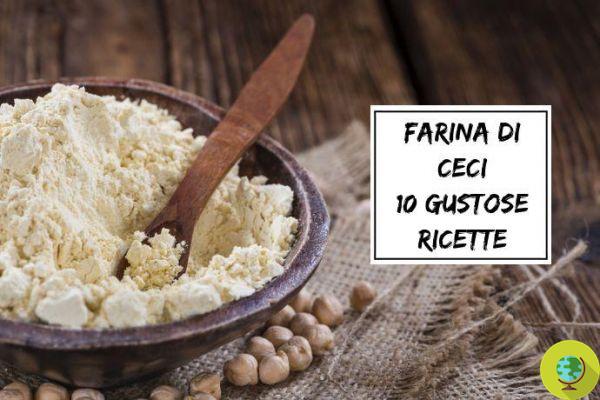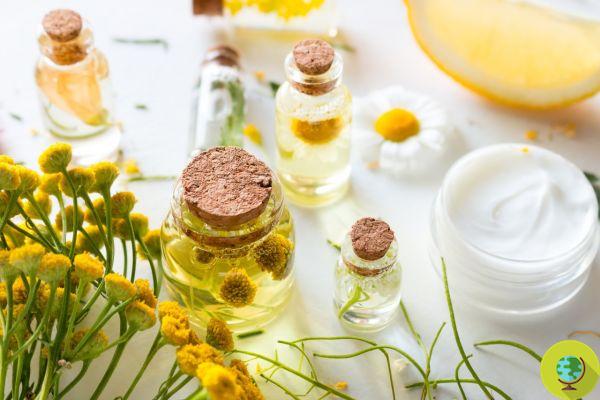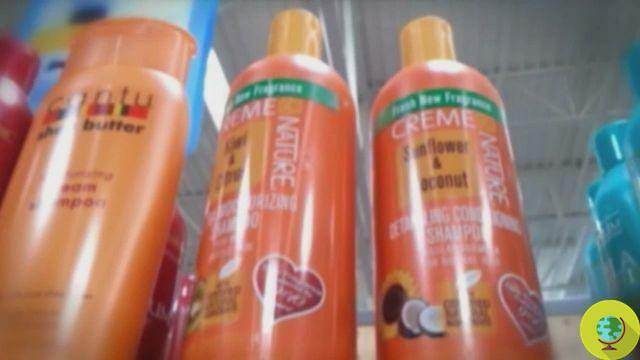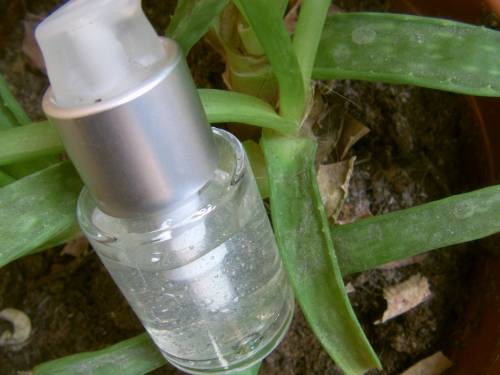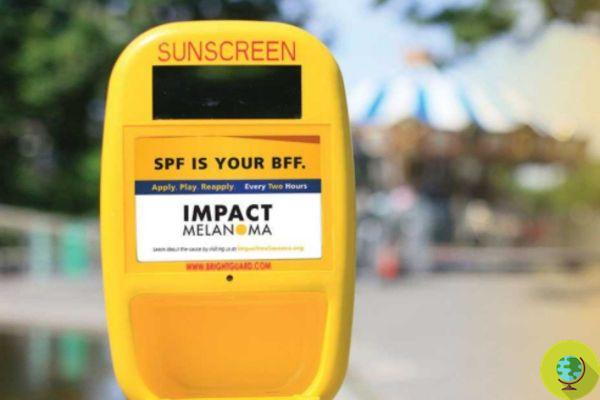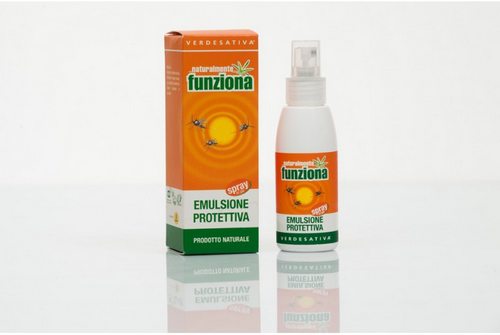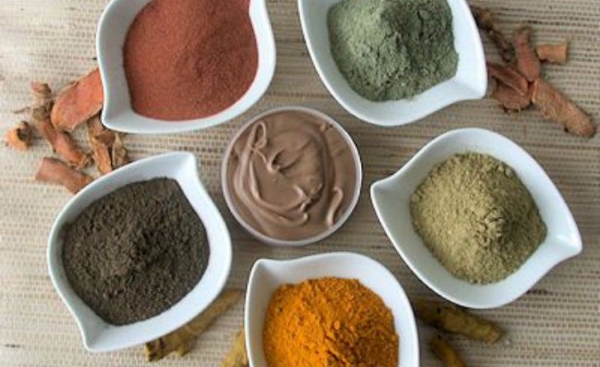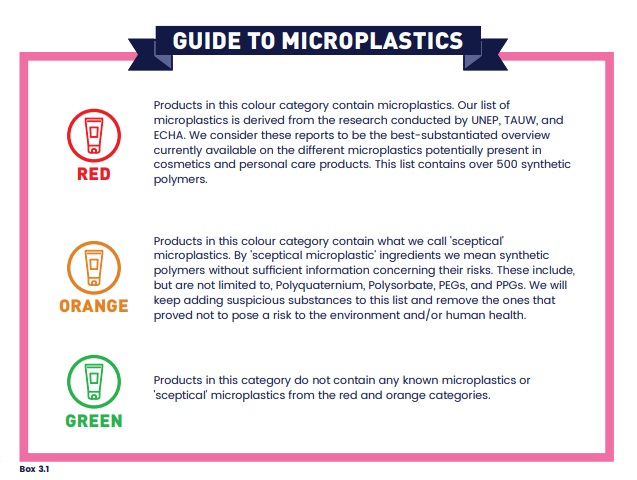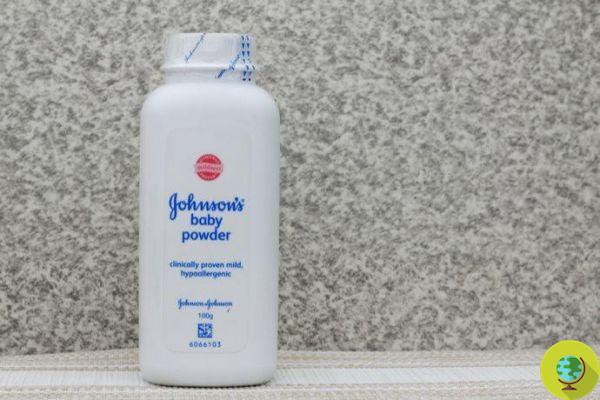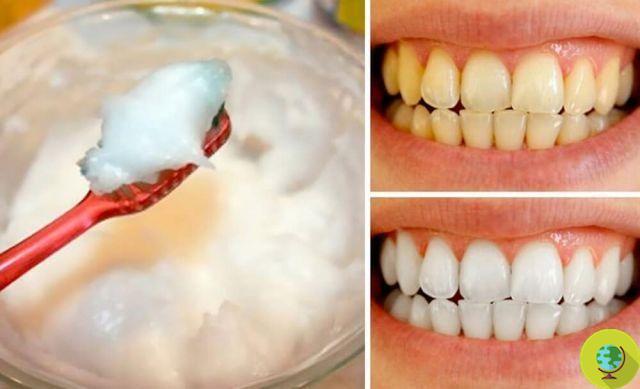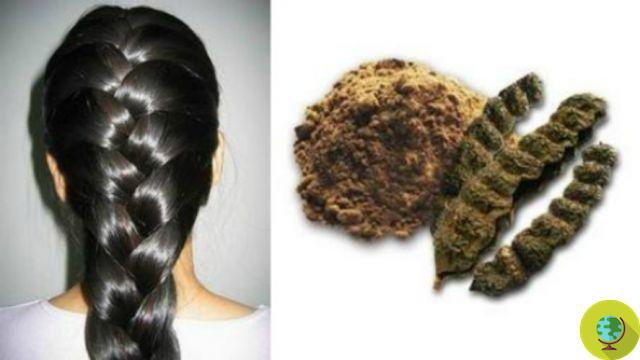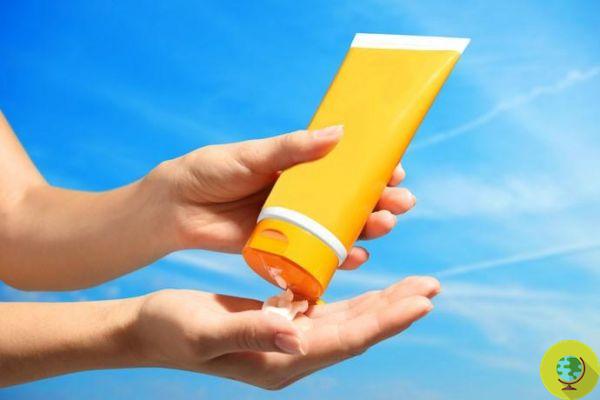
Sunscreens have become an essential product for preventing sun damage, but are the ingredients of sunscreens really safe? The American Federation and Drug in a document wanted to investigate, in particular on 16 common ingredients, how they work and how they affect our health. Only two were found to be truly safe.
Don't store avocado like this: it's dangerous
Sunscreens have become an essential product for preventing sun damage, but are the ingredients of sunscreens really safe? The American Federation and Drug in a document wanted to investigate, in particular on 16 common ingredients, how they work and how they affect our health. Only two were found to be truly safe.
Their use is now essential to protect our skin from the harmful effects of ultraviolet rays. Over time, more and more effective formulations have been developed in avoiding burns and guaranteeing the right degree of skin hydration. But what do we really know about the ingredients that make up sunscreens? What is certain is that traditional formulations are not good for our seas and, it is no coincidence that in various islands and “fragile” ecosystems, such as Hawaii, for example, they have even been banned. But what do we really know about how they affect our health? It is precisely to answer this question, the American FDA in recent days has advanced a new proposal for a regulation to better reflect on the ingredients of sunscreens, on how they work and how they possibly affect our health. These new guidelines would essentially update the regulatory requirements for most sunscreen products in the United States.
In the paper, the FDA looked at all 16 active ingredients currently in sunscreens on the market to determine if they are still recognized as safe and effective. Of these, only two really met the "GRASE" standard: zinc oxide and titanium dioxide, which, not surprisingly, are the basis of organic formulations.
In contrast, two of these, the so-called PABA e trolamine salicylate were deemed unsafe, while the other 12 would have "insufficient safety data to make a positive GRASE determination at this time". The Agency therefore reserves the right to deepen the analyzes before formulating mandatory recommendations that producers will have to follow.
But how do sunscreens work?
The active ingredients that protect from the sun are generally divided into two main categories: physical filters and chemical filters. Physical ingredients such as zinc oxide and titanium dioxide, easily recognizable by their characteristic white residues they leave behind, position themselves on the outside of the skin and act as a barrier that literally reflects ultraviolet rays. Chemical filters which also include PABA, trolamine salicylate and the remaining 12 ingredients whose safety remains to be ascertained, are absorbed by the skin and absorb UV rays themselves.
It is therefore not surprising that the two ingredients considered safe are those that rest only on the surface of the skin, while for the others the main concern is whether and how much they enter the bloodstream and what effects they could have on our health. Also because some studies have found many of the aforementioned active chemicals in breast milk, but also in urine and blood. However whether this is harmful to human health has not yet been ascertained, but regulators have a duty to take note and investigate the long-term effects, as finally done by the FDA to formulate new regulation.
“It is important that as this regulatory effort progresses and the FDA collects more scientific information, given the recognized public health benefits of using sunscreen, consumers continue to use sunscreen in conjunction with other protective measures. solar, ”said Janet Woodcock, MD, director of the FDA's Center for Drug Evaluation and Research. "To ensure this effort is successful, the FDA is seeking to gather the data necessary to ensure that products marketed to offer protection from the effects of the sun are safe and deliver on these promises."
At the moment, therefore, these are new changes that are still unofficial and for the moment all sun protection products will continue to be available on the market. Meanwhile, the Safety Agency has submitted the proposed new regulation for public comment until May 28, 2019.
Which sunscreen to choose?
Pending official regulations, we recommend choosing organic sun creams made with physical filters even if they involve a "gheisha effect" which at the moment represents the real obstacle to the spread of this type of sun protection. With the hope that we will focus on finding new ways to eliminate the "white residue" factor in order to overcome the limits in the use of these creams. Skin and the environment would thank you.
On the subject you might also be interested in:
- Sun creams: 12 false beliefs and myths to dispel
- Sunscreens for children: 12 sun creams with good INCI
- 10 Organic solar products with a good INCI
- Sun creams: can they still be used after a year?
- Sun creams: 10 things you (maybe) don't know about tanning products
- How sunscreen can damage the marine environment: the other side of protection
- Sun creams: here are the brands that have failed the protection tests




